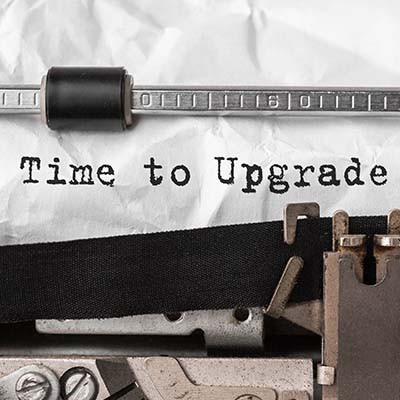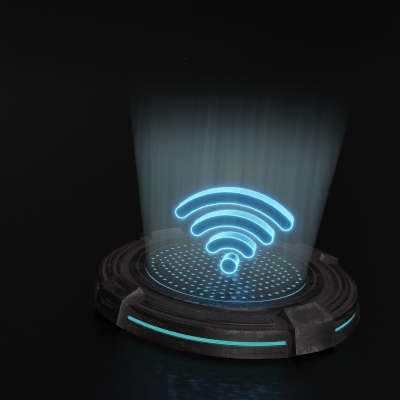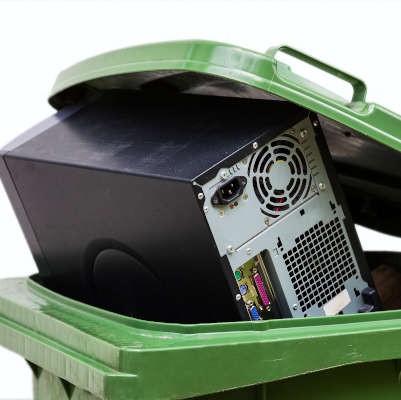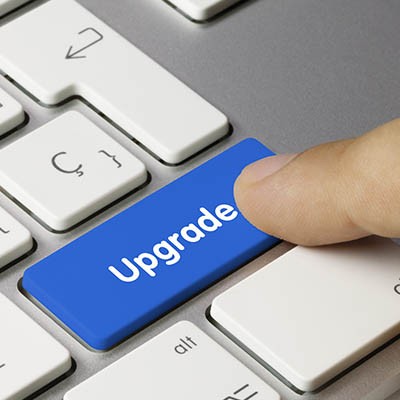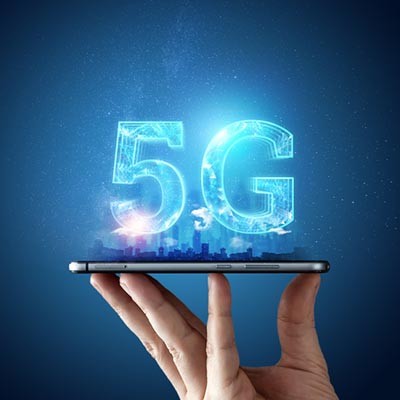Before you know it, Windows 10 will be on its way out, as it will reach its end-of-support date on October 14, 2025. Unfortunately, whether you’re ready or not, this day will come. In the past, you could pay for extended security updates, but is this actually a feasible solution for a small business?
Accucom Blog
Software does plenty for your business, so it is inevitable that you are going to need to make plans to get applications that can best help it run. Acquiring software used in mission-critical tasks can be tough because there are similar products with slightly different integrations and slightly different features that could determine the effectiveness and ROI it will have for your business. Let’s take a look at how to get the right, and right amount, of software and how having too much technology can be a drain on your business.
Businesses rely on their communications infrastructures to function. If your communications infrastructure is not working as intended, it’s felt across the organization, as it’s often a department-wide solution. One way you can make your communications infrastructure more streamlined without a load of extra costs is with VoIP, or Voice over IP. The right system will help you get more out of your telephone systems to improve communications for the entire business.
Deciding to upgrade your Point of Sale (POS) system isn't always a choice businesses willingly make, often due to the challenges faced during the initial implementation and the subsequent learning curve for employees. However, like any other business computer, regular updates are crucial for ensuring optimal efficiency in handling customer demand.
Updating your Point of Sale (POS) system isn’t a choice that most businesses would make if they were to have the choice. They typically have long memories of the pain it was to implement the system and how there was a major learning curve for all of their employees. Unfortunately, POS systems are like any other business computer, they need to be updated regularly to ensure that your business is able to efficiently handle customer demand.
People are constantly upgrading their technology. I mean, just take a look at how many people upgrade their phone every year even though innovation of the devices has slowed considerably. Alternatively, sometimes users ignore the signs that it is time for an upgrade even when they are crystal clear. This type of mentality will not help you, especially if your technology breaks down. You need to be able to identify when older devices are holding you back and take steps toward replacing them with better, more powerful ones.
Technology has done some incredible things, especially in the past couple of decades, so it’s wild to imagine that someday, innovative new tools like ChatGPT will no longer be as cutting-edge as they might seem today. The reason is simple: most technologies today were once world-shattering and innovative, but with time they have become normalized.
For every technology that we use daily, there was once a time when it was brand-spanking-new. Think about when the Internet first became commonplace. People had questions that were seemingly endless, and even computers and electricity were once novel concepts. Let’s think about some more modern inventions that might someday be just as commonplace as some of the tools we use in our daily lives.
We often discuss how we can help you make your business processes more efficient, but we want to refocus on how you can implement these solutions through the use of digital technologies and transformation. How does new technology affect your staff, and what can you do to ensure that these new tools aren’t impacting your employees in unforeseen ways?
In today’s ever-changing business technology landscape, it can be difficult to know when to upgrade your technology, especially when there are so many options available. How do you avoid getting caught up in the excitement of every new thing? It starts with knowing where your organization is and whether you need to make a change.
Upgrading technology can often come with risk. While you might get some return on your investment, will you get it back fast enough to actually make that investment worth it in the end? How can your technology solve problems that your company experiences, and how do you acquire the capital necessary to make significant upgrades? If you dig too deep into the details, you might find that it is difficult to move forward with these major decisions, preventing you from leveraging these amazing benefits. Here are four signs that will give you an idea that it’s time to upgrade your technology.
Wireless is one of the most popular utilities to have in the office. However, if not implemented thoughtfully, it can cause frustration and holdups to your processes. Therefore, it is important to understand what causes challenges for your Wi-Fi, and how to resolve or work around these challenges. Let’s discuss where these challenges come from, and how to fix them.
With any luck, hearing that Microsoft is calling it quits on two of its most popular operating systems is old news. After all, Microsoft has been reminding Windows 7 users that January 14 is their end of support date, and that they really need to upgrade… but about 25 percent of Windows 7 users haven’t.
When was the last time you thought seriously about upgrading your business’s technology solutions--particularly its software? We know that administering patches and updates can be challenging for some businesses to maintain, but with the right support, it’s more manageable and certainly more secure. Unfortunately, after a certain period of time passes, Microsoft stops supporting certain outdated solutions, rendering them dangerous and obsolete.










